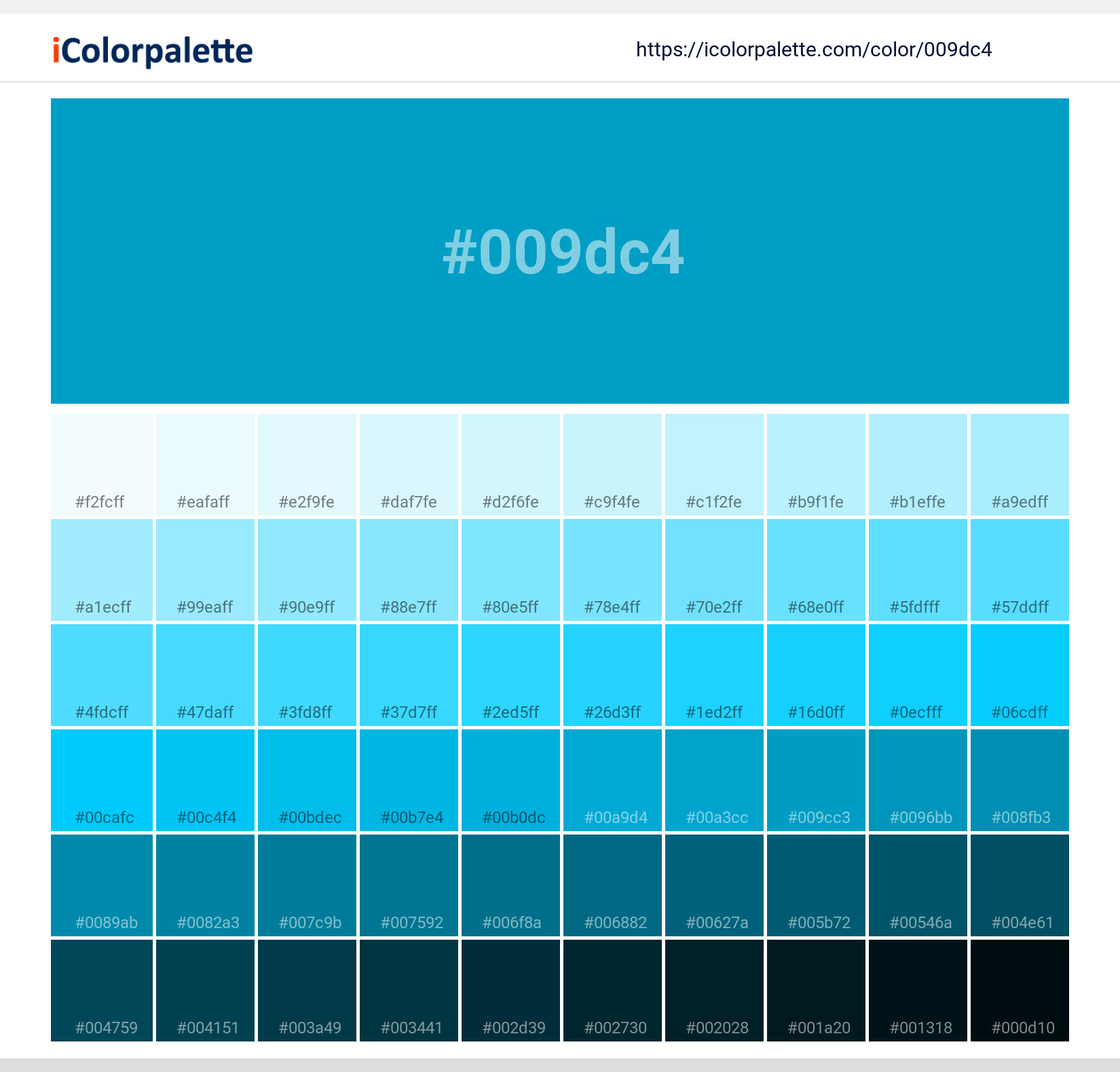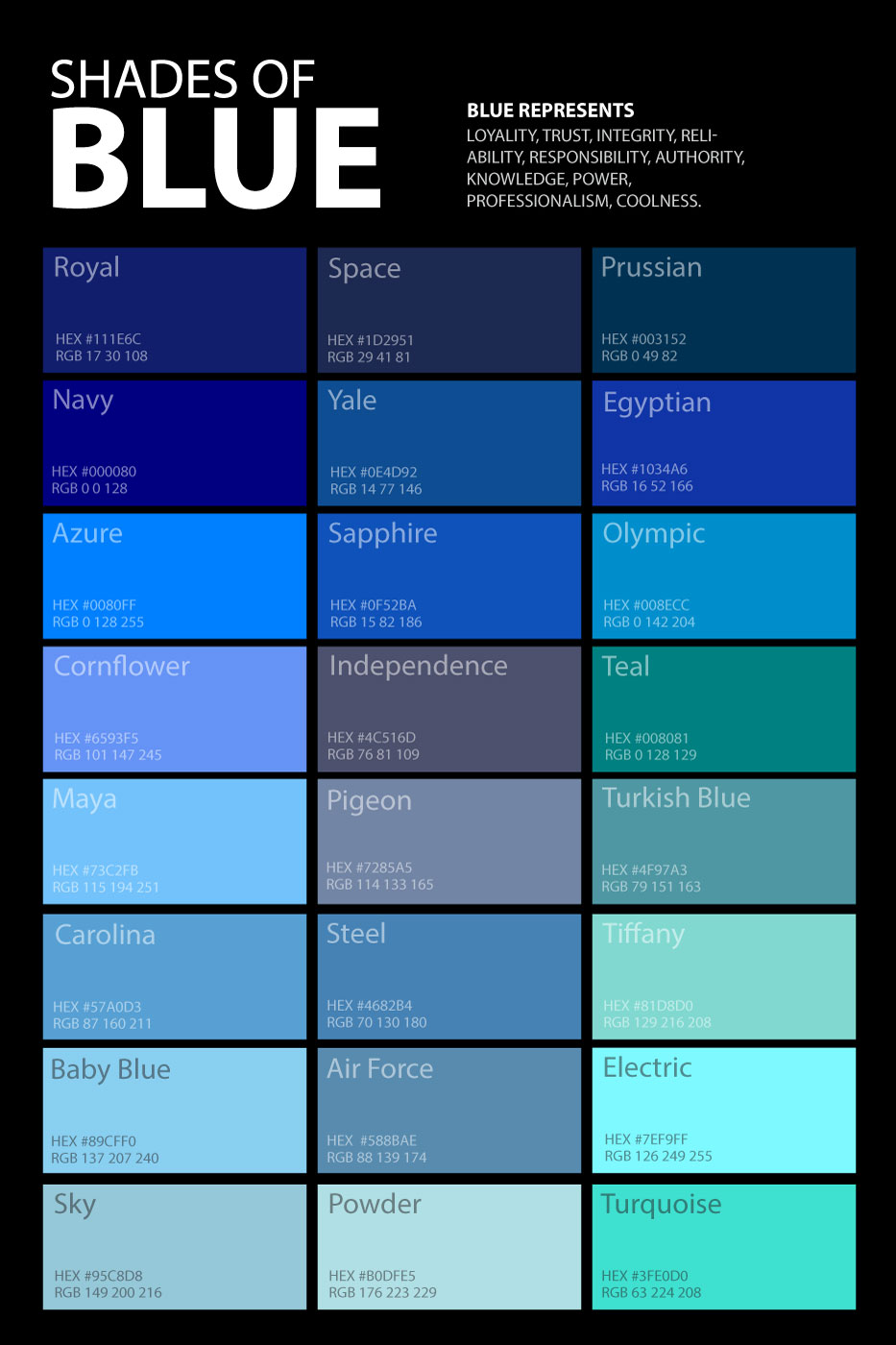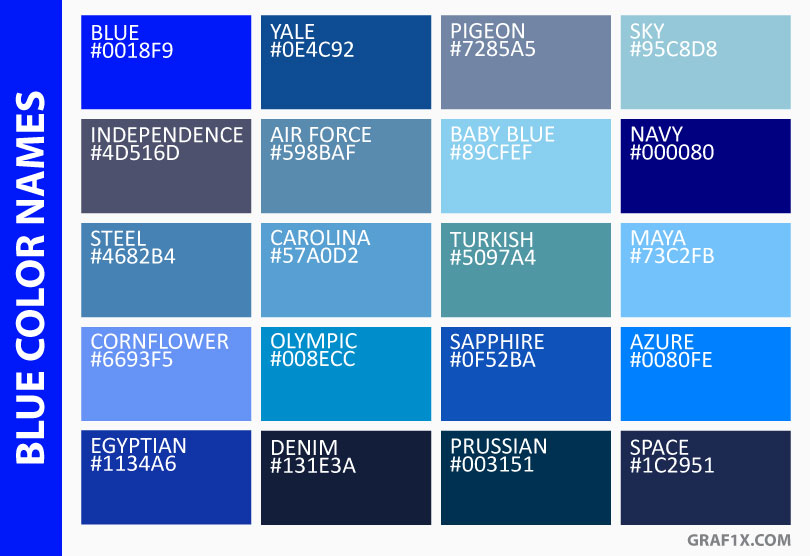

Numerous studies have pointed towards substantial benefits to the mind and body when you surround yourself with soothing colours, and blue is the reigning hue. Blue is, quite simply, beautiful and the appeal goes far beyond its pretty face. It’s not surprising that the colour of the ocean and the sky is a perennial favourite when it comes to home decorating. The subdued shades were used abundantly in both fashion and interior design.Decorating your home with shades of blue might be the answer to living a stress-free, tranquil life. Pastels were a popular color trend in the 1950s, including colors like pale blue, pink, yellow, turquoise, and mint green. The color symbols were reversed with the baby boomers in the 1940s.Īrgentina, Botswana, and Fiji all use pale blue as the dominant color of their country flags. Pale blue was initially considered more delicate and dainty than pink and, therefore, more appropriate for girls. 'Sex-specific' colors were introduced by stores in the early 20th century. Pale blue was not always associated with baby boys.

Light shades of blue became popular during the Rococo period of the 18th century. Others also believe it has a dual function of repelling insects too.ĭuring the Renaissance, true blue, also referred to as ultramarine, was the most expensive paint pigment and was even prized over gold. The color was believed to ward off 'haints', or evil spirits. In the southern United States, it is common to paint the ceiling of your front porch pale blue, often referred to as 'haint blue'. Interesting Facts About the Color Pale Blue Don't be afraid to mix up the scale of the stripes and break them up with other patterns.ĭecorate your bathroom with pale blue tiles for a practical and stylish feature.

A light blue ceiling will make the space feel bright and airy, like a cloudless summer's day.Ĭreate a coastal scheme with classic blue and white striped furnishings. Weave pale blue into a scheme as a refreshing accent color with cushions, bedding, rugs, towels, lamp shades, or artwork.Ĭelebrate the celestial quality of pale blue by painting your fifth wall in the color. The gentle shade adds a thin layer of texture and visual interest to a room and looks particularly elegant in flora or fauna-inspired designs. Use pale blue as a neutral by opting for a barely-there tint that could almost pass for white.Įlevate a space with a delicate wallpaper pattern in pale blue. The gentle shade is versatile and easy on the eyes, so it can be used in large quantities. Paint your bedroom walls pale blue for a zen retreat. What are the Best Ways to Use Pale Blue in the Home? Research suggests that the color blue is an appetite suppressant, so it may not be the best color for a restaurant, dining room, kitchen, or pantry - unless you're on a strict diet! Studies have also shown that blue light lowers heart rate and blood pressure, justifying its common application in bedrooms, bathrooms, and other spaces intended for relaxation.

Pale blue also represents clarity of thought and mind, and it is a color commonly used to depict clear shallow water and a cloudless sky. As a result, lighter shades of blue are often linked to childhood, innocence, and ignorance. In today's Western culture, pale blue is frequently associated with baby boys (though this has not always been the case). On the other hand, blue's cool tone can also come off as being icy, aloof, and distant. According to color psychology, blue is commonly associated with serenity, relaxation, calm, trustworthiness, loyalty, and reliability.


 0 kommentar(er)
0 kommentar(er)
